News 4/19/11
Anyone attest today? CMS opens its Meaningful Use verification period Monday, marking the first day hospitals and eligible providers can start their 90-day attestation period. EPs wanting to receive a Medicare incentive check by the end of the year will need to start their attestation period no later than October 1.
Ingenix says that family practice physician Douglas Foreman, DO will be among the first physicians to attest. He uses the Ingenix CareTracker EHR.
Meanwhile, ChartLogic announces that 26 of its customers across 19 states plan to start the attestation process as early as April 18.
Greenway Medical announces the integration of its EHR/PM product PrimeSUITE with Cognify’s Participant Tracking System for monitoring care plan continuums.
A big thank you to the folks at Dodge Communications who forwarded their critique of the AMGA exhibit hall. Brad Dodge gave GE Healthcare’s booth Best in Show and recognized MED3OOO for Best Food (one of my favorite categories). Humana won honors for The Booth Most Likely to Be Confused with a DippinDots Stand. Plenty of other fun categories, should you feel the need to cackle. AMGA, by the way, says about 2,000 people participated in their 20011 conference last week in DC.
Also from AMGA: the percentage of physicians practicing part-time is on the rise. A reported 13% of males and 36% of females work part-time, compared to 7% and 29% in 2005. Results from an AMGA-sponsored survey also found that 83% of medical groups plan to hire more primary care physicians this year; 79% intend to hire specialists.
Thomson Reuters releases Micromedex Drug Interactions, a new iPhone app to monitor drug interactions. The $50 app allows physicians to check up to 50 patient medications simultaneously.
Northern Illinois Physicians for Connectivity names Sage Healthcare a preferred partner.
Healthcare South (MA) signs a three-year, Level 1 application support service agreement with Beacon Partners to support its Allscripts EMR system.
Physicians are five times more likely to own an iPad or similar device than the general population. About 27% of primary care and specialty doctors use some sort of tablet computer.
HealthGrades launches a new Web application that enables physicians and administrators to verify and modify their online information.
MD-IT announces the official release of its MD-IT EMR.
A new report predicts that 75% of providers will use e-prescribing over the next five to six years and that the US e-prescribing market will reach $204.6 million. I assume that means providers will spend $204.6 million a year for e-prescribing, but the press release is a bit unclear and I wasn’t curious enough to pay $4,800 for the full report.
athenahealth CEO Jonathan Bush chats with Peter Johnson of Fox News about curbing Medicare costs. Gotta love Fox’s prominent reminder of the Bush’s family ties.

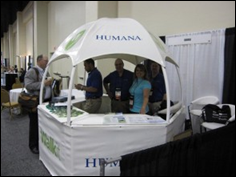
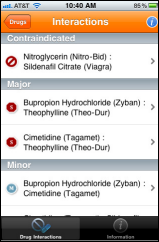
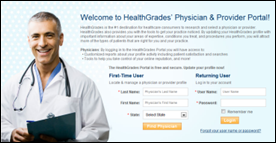


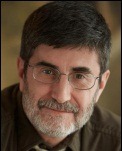
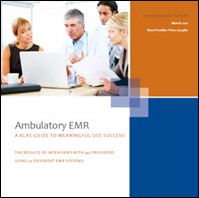

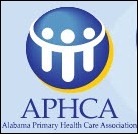



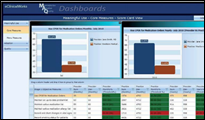
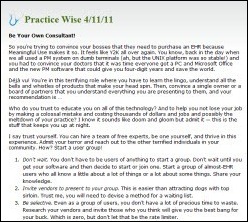
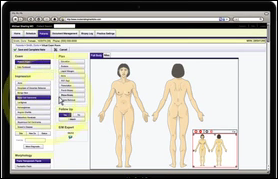

The article about Pediatric Associates in CA has a nugget with a potentially outsized impact: the implication that VFC vaccines…